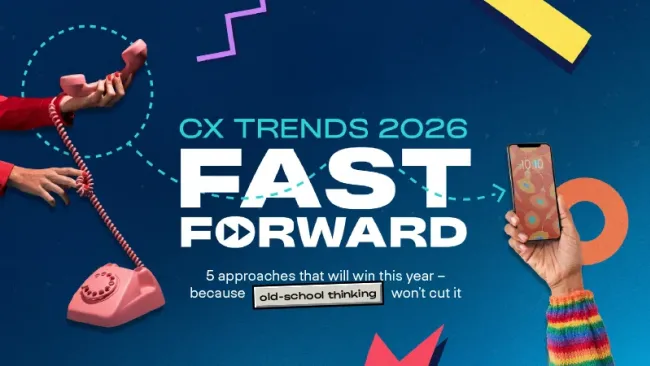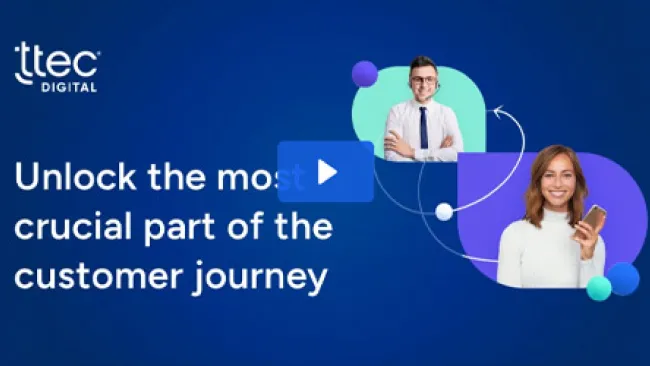REGIONAL READINESS: Failure to acknowledge your geographic environment’s overall readiness—bank capabilities, market dynamics, customer willingness, and regulatory context—will result in the lack of critical support required for transformation. For example, in emerging markets like UAE and South Africa, banks are ready to push new capabilities, but the overall market and customers are not yet ready. In the U.K., U.S., and Austria, banks and regulators are not set up to switch to a more digital-oriented banking model, but technology disruption and customers are increasing the pressure. And markets like Germany, France, and Spain are faced with less advanced banking capabilities and slow-moving market environments.
SEGMENT-DRIVEN STRATEGY: Each customer segment has different banking needs, which banks need to translate into a clear value proposition and the most appropriate channel-mix to serve these customers profitably. Banks need to be clear on their target segments, align focus on the right channels by investing in the channels most aligned with segment preferences, and consider the costs and risks they can afford.
Often, banks are multi-segment focused—innovative cases show banks leveraging geoclustering capabilities to predict how and where their desired customer segments will grow. Geocluster modeling combines demographic data with geographic data, obtained internally and from the external market, to create a more statistically accurate or specific customer profile per targeted geographic location.
CHANNEL ATTRACTIVENESS: A key element to success is enticing customers to choose enhanced channels for sales and advisory services. This is done through effective marketing and creating a ‘wow’ experience for customers when they use the new channel functionalities. This includes both creative above-the-line advertising to spur awareness, followed by ongoing below-the-line activity such as event participation, targeted personalized marketing, and CRM and behavioral data analysis to leverage key customer touchpoints during the purchasing process.
For example, an emerging market bank manually segments customers, then creates individualized online banners for each segment when they visit the bank’s website. The banners advertise the potential products and services the segment would typically be interested in, derived from segment-driven product propensity models. The program resulted in strong online sales.
OPERATIONAL ALIGNMENT: Pursuing a sales and advisory transformation also requires significant changes in human capital, such as organization and job design, and a leaner branch network with employees who have new skill sets. In addition, operations must reflect new business processes, such as enabling cross-channel purchasing journeys and ensuring each process at key touchpoints is seamless and provides a superior customer experience. Finally, technology must align to the new sales culture, with channel platform upgrades, sales platforms, and enhanced CRM and customer analytics capabilities to drive a single customer view.















